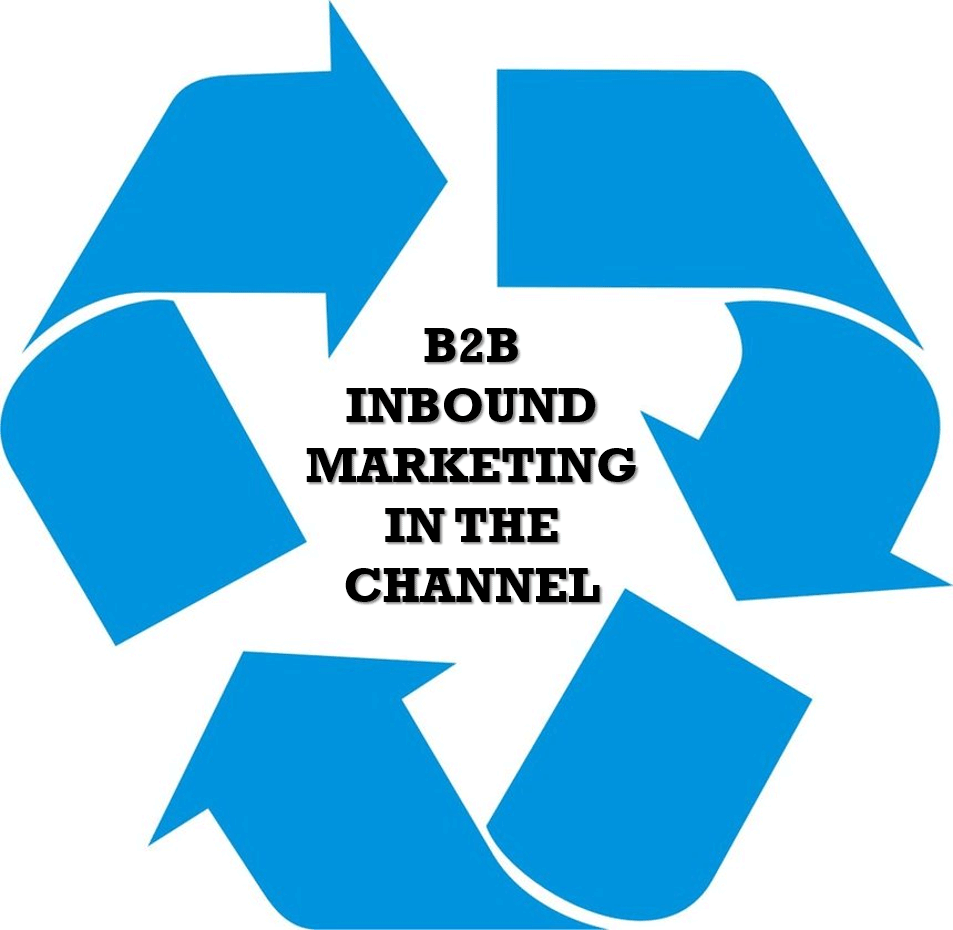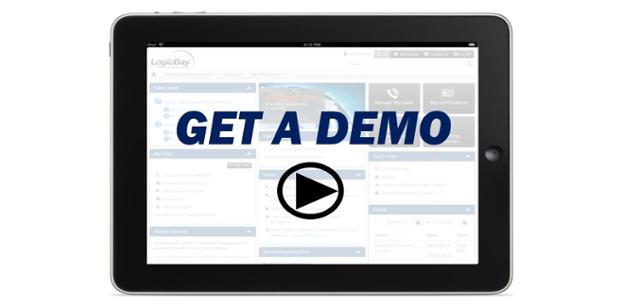One of the biggest challenges for vendors relying on indirect sales is finding ways to integrate channel partners into their B2B inbound marketing strategies. Inbound content marketing is currently the reigning form of online marketing, but it can become extremely challenging for indirect-sales organizations.
The key is closer alignment between your own operations and those of your channel partners. By working more closely with your partners' sales and marketing teams, you can significantly increase the effectiveness of everyone's content marketing efforts across the entire ecosystem.
The more targeted your information-sharing strategy, the better it works out for everyone.
I. Have great content and make it readily available.
Before anything else can happen with your channel-focused B2B inbound marketing. You need a lot of good content and a single, centralized source for both your own sales and marketing teams as well as your channel partners to access this content on a self service basis. This repository should be open to all channel partners, who will also be encouraged to contribute their content as well.
It's possible - among smaller organizations - to make use of free public services like DropBox or Google Tools, especially at first. However, be careful not to over-invest in such ad-hoc solutions. They'll eventually start causing increasing problems, while there are affordable options in shared Partner Relationship Management software which can centralize everything partners might need.
II. Have a public content calendar.
One of the most useful tools for B2B inbound marketing in general is having a content calendar that clearly lays out your plans for content marketing for the next 30-90 days. This could be as basic as making sure you know which events or company milestones you'll be promoting so that you can be sure that certain content is in place, or as granular as pre-planning every major title weeks or months in advance.
READ MORE: A CMO's Guide to Managing Sales Channel PartnersFor indirect sales channels, it can be quite beneficial to your partners to make this content calendar available to them. Encourage them to refer to it, and look to dovetail their own content to match. For example, if you're having a "focus on security" week, so too could your partners, which reinforces the message across channels and makes the organization look more unified to customers. In many cases, shared content through multiple channels can exponentially impact the ROI.
III. Have Regular Meetings/Webinars Between Sales and Marketing
A lack of alignment between sales and marketing is an unfortunately common problem, with Forrester Research reporting that only 8% of surveyed B2B companies claimed to have "tight alignment" between them.
This is a major issue in B2B inbound marketing, as the line between sales and marketing often becomes extremely blurred, especially from the buyer's perspective. A major misalignment between sales and marketing can easily mislead customers, make an organization look sloppy, damage reputations, and lose sales. And this problem is, of course, greatly compounded if your marketing department is effectively broken up across dozens of companies spanning the lower forty-eight.
So besides tighter alignment being a very good idea all around, focus on keeping both your own sales and marketing departments as well as those of your channel partners on the same page. A monthly or bi-monthly meeting or webinar can help maintain that unity, while ensuring local partners are in the loop with your larger marketing and sales strategies.
IV. Recycle each others' content.
This is great for cost-savings, once you've got that central repository and a good collection of content. Many companies (around 40%, according to Conductor.com) reuse their own content, but of course, there's always the fear of customers noticing and thinking it's cheap.
But when you've got a network of channel partners who are all making their own content, much of it solely locally-targeted, that problem is greatly decreased! Very few, if any, are going to notice if emails or flyers distributed in Wisconsin start appearing in South Carolina a year later.
Plus, keep in mind that recycled content can also be repurposed. Blogs can easily be turned into emails. Emails can be turned into social media posts. Graphics or video can be inserted into almost any form of content. Once you have your partners contributing content to the platform, it's a goldmine for everyone.
LogicBay Makes Channel Integration Easy
For vendors managing a network of indirect sales channels, few software investments can solve so many problems for a reasonable price as Partner Relationship Management tools. Like a bulked-up CRM platform, PRM allows a company to deeply integrate and align their channels with a vast array of information-sharing, tracking, and communications tools which are shared across the entire ecosystem.
For more information or a free demonstration, contact LogicBay to learn how PRM can work for you.

